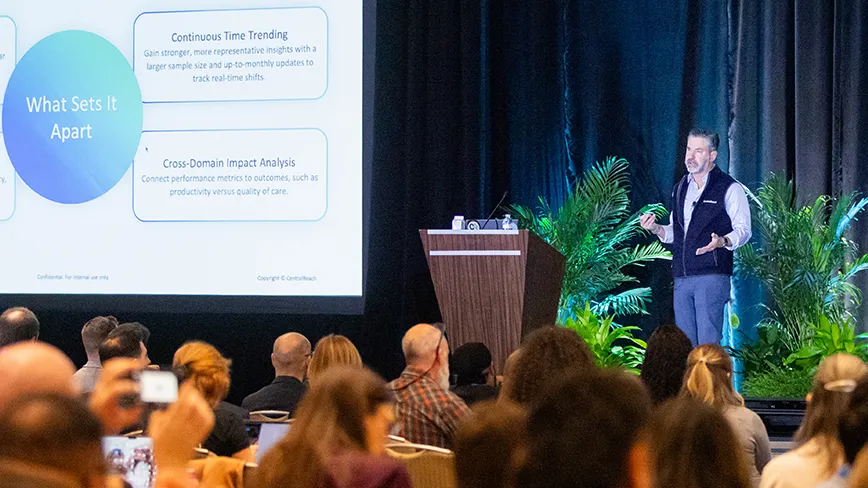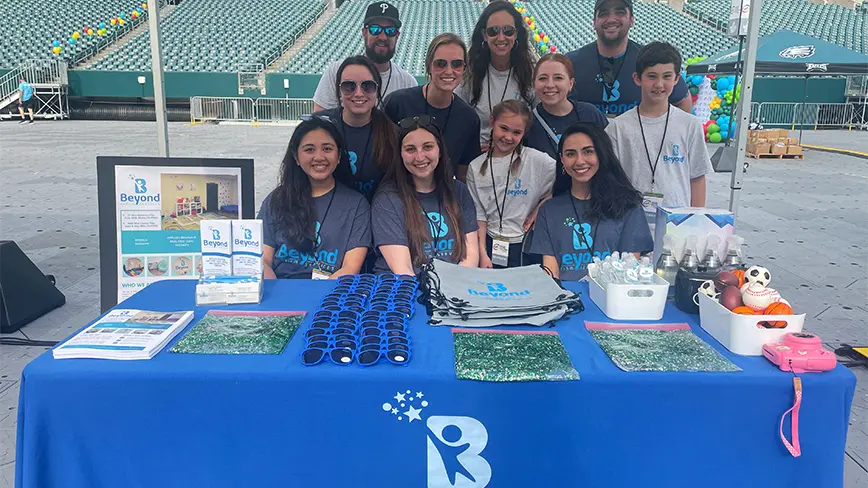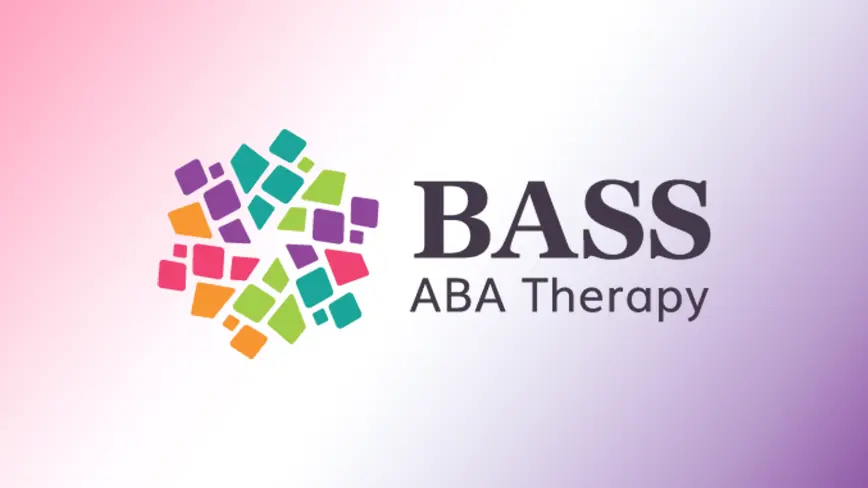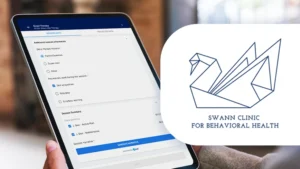Have you ever seen the 2010 movie about Facebook called The Social Network? If so, you may remember a scene where a bunch of college students, programmers, and computer adepts got together to drink shots, eat pizza all night, and generate code. I admit it looked like fun. I learned the scene of people cheering developers as they produce code may have contained a dose of Hollywood artistry.

I had the opportunity to attend a hackathon as an observer/participant. The FSI Hackathon began five years ago by a caring father, Leo Junquera, with a child with ASD. Leo worked at Microsoft at the time and had an idea that volunteers from the financial services industry would spend two days hacking solutions to augment and create therapeutic solutions. The "use cases" represented areas where tech could directly help behavior analysts, other therapists, parents, or people with ASD. All code and products developed would be freely available through MIT licenses to anyone to use as open-source or take and run with on their own. The professionals who participated had expertise that ranged from coding and development to sales and management. Everyone worked from 9 to 5, with some hacking into the wee hours of the night.
CentralReach (CR) began contributing to the hackathon four years ago. Each year the amount of time and resources CR has provided grows. For example, this year use case #3 (see below) saw CR donating 5 million lines of code! While that number sounds impressive, and it is, the code needed vetted, cleaned, and then explained.
The two days of the live event involved traveling to New York and working with a small group of people at the EY Wavespace. This year's hackathon had a hybrid model with most of the 75 volunteers remote but 20 in person. At the event, I served as a subject matter expert and answered questions from all use cases, specifically helping with use cases 3 and 4 and then serving on a panel of judges. The use case that "won" by claiming first place received bragging rights and set the stage for the friendly competition to continue in 2023 (they all won because they have such potential for the autistic community and beyond).
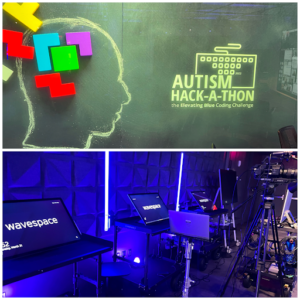
The hackathon led to a number of personal and professional insights. This two-part blog series will showcase four innovations. The four use cases generated products that held both clinical and commercial promises:
Use Case #1: IoT (Internet of Things) Data Collection
Demonstrate how IoT and innovative devices can be used to collect data during an ABA therapy session, and make sense of it in the cloud
Use Case #2: Video ABA Therapy
Demonstrate how ABA therapy can be effectively conducted remotely by combining data collection, speech-to-text conversion, sentiment analysis, and other cognitive services
Use Case #3: Application of Machine Learning to ABA Data
Demonstrate how the latest machine learning tools can be used to analyze a large dataset of ABA to identify patterns and develop insights
Use Case #4: HoloLens
Demonstrate how HoloLens can be used to help training and job support for high impacted individuals with autism
What did the hackers create and discover with Use Case #1?
Use Case #1: IoT Data Collection
Observing behavior and counting it has spawned countless memes and clever phrases (e.g., Behavior counts, show me the data). Counting behavior holds such acclaim because the data produced are the basis for understanding the need for an intervention, gauging how well an intervention has fared, and what decision could support future positive outcomes. But collecting doesn’t come easy for anyone. Most data arise through a process of human observation and the manual counting of behavior. Some people use apps, yet many others use physical counters as shown below.
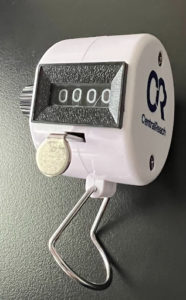
Use case #1 aimed to create a smart device that would allow people to count behavior and then have the counts automatically recorded to the cloud. Through an API, the data could populate software tools or appear in an Excel or CSV file. The IoT device has the advantages of being easy to use, durable, portable, and reliable.

The hackers built upon the previous code and products. They furthered the design, database, and interface. They also produced a working prototype! With more work done each year, one day soon, an enterprising developer may turn the IoT data collection device into a commercial product.
The first use case struck me as something the therapeutic and educational community would love. The better the data collection, the better the data. And everything that goes with good data (e.g., communication, analysis, monitoring, generating insights and knowledge) could come to pass. The hackathon introduced me to technical wizards who used their coding magic to create unique products.
In the next blog, I Use Case #2, Video ABA Therapy. Join me as I discuss the growing relationship between tech and ABA!

Dr. Rick Kubina, BCBA-D
CentralReach Director of Research
Richard M. Kubina Jr., Ph.D., BCBA-D is a Professor of Special Education at The Pennsylvania State University and teaches courses on methods for teaching reading, behavior analysis, and experimental design. Rick graduated from Youngstown State University where he had Steve Graf as an advisor and then received a Masters and Ph.D. from The Ohio State University under John Cooper.
Rick conducts wide-ranging research in the area of Applied Behavior Analysis and Precision Teaching. He also served as the editor of the Journal of Precision Teaching and Celeration. He has dedicated his professional career to helping behavior change agents such as teachers, behavior analysts, and other helping professionals efficiently change behavior through effective teaching and measurement such as Precision Teaching. Rick co-founded a software called Chartlytics. Chartlytics merged with CentralReach where Rick has assumed the role of Director of Research.
At CentralReach, Rick explores how technology can accelerate superior outcomes for all those seeking to engender professional and personal success.
